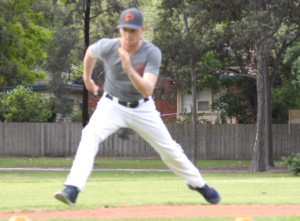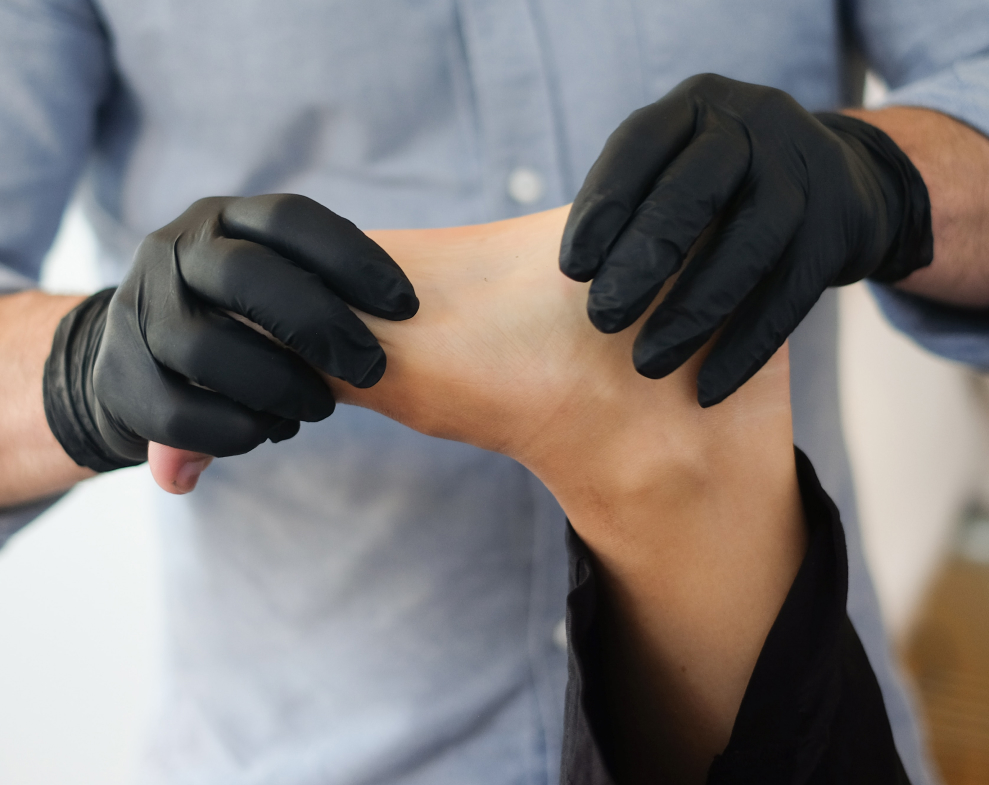Mechanisms of Adaptation: How We Improve
Systematic strength training produces structural and functional changes, or adaptations, in the body. The level of adaptation is evidenced by the size and strength of the
muscles. The magnitude of these adaptations is directly proportional to the demands placed on the body by the volume (quantity), frequency, and intensity (load) of training, as well as the body’s capability to adapt to such demands. Training rationally causes the muscles to adapt to the stress of increasing physical work. In other words, if the body is presented with a demand rationally greater than it is accustomed to and enough recovery time is given to trained physiological systems, it adapts to the stressor by becoming stronger.
Neural adaptations to strength training mechanisms to decrease the inhibition of muscle recruitment, as well as intra- and intermuscular coordination improvements.
As you continue to train using PlyoCare balls for arm care and mechanical smoothing, your arm gets stronger and your mechanics become more efficient. After all, those are the goals of the program! However, over time, these workouts become part of what you must do. They now form the “maintenance” cycle that you must continue for years on end to ensure your arm stays healthy and your mechanical pattern does not regress. These exercises no longer improve your arm strength or delivery, but they do reinforce it and keep it solid. To make further improvements, you will need to increase the stress levels or change the modality of training.
 Adapting to the workout determines how your maintenance program will be chosen and designed. What used to be a gruelling workout that taxed your body will now simply become your daily warm-up. This is a clear adaptation to the stressor and shows that you have become significantly stronger and holds true across all domains – strength, endurance, plyometric ability, etc.
Adapting to the workout determines how your maintenance program will be chosen and designed. What used to be a gruelling workout that taxed your body will now simply become your daily warm-up. This is a clear adaptation to the stressor and shows that you have become significantly stronger and holds true across all domains – strength, endurance, plyometric ability, etc.
Multi-factor training is the method by which this program improves your ability level across many domains simultaneously to maximise overall gains. All throwing drills done near high intensities are multi-factor – many changes are happening, though not all of them are good:
• Physical mechanical patterns are changing based on the demand / drill being performed (good)
• Positive structural changes are occurring (muscle recruitment, increased mobility around targeted joints – both good)
• Central nervous system is becoming more efficient at coordinating motor units (good)
• Negative structural changes can occur due to initial faulty technique and/or general stress (decreased internal rotation of the shoulder, decreased elbow flexion/extension range of motion – both bad) Article reproduced from Driveline Baseball






